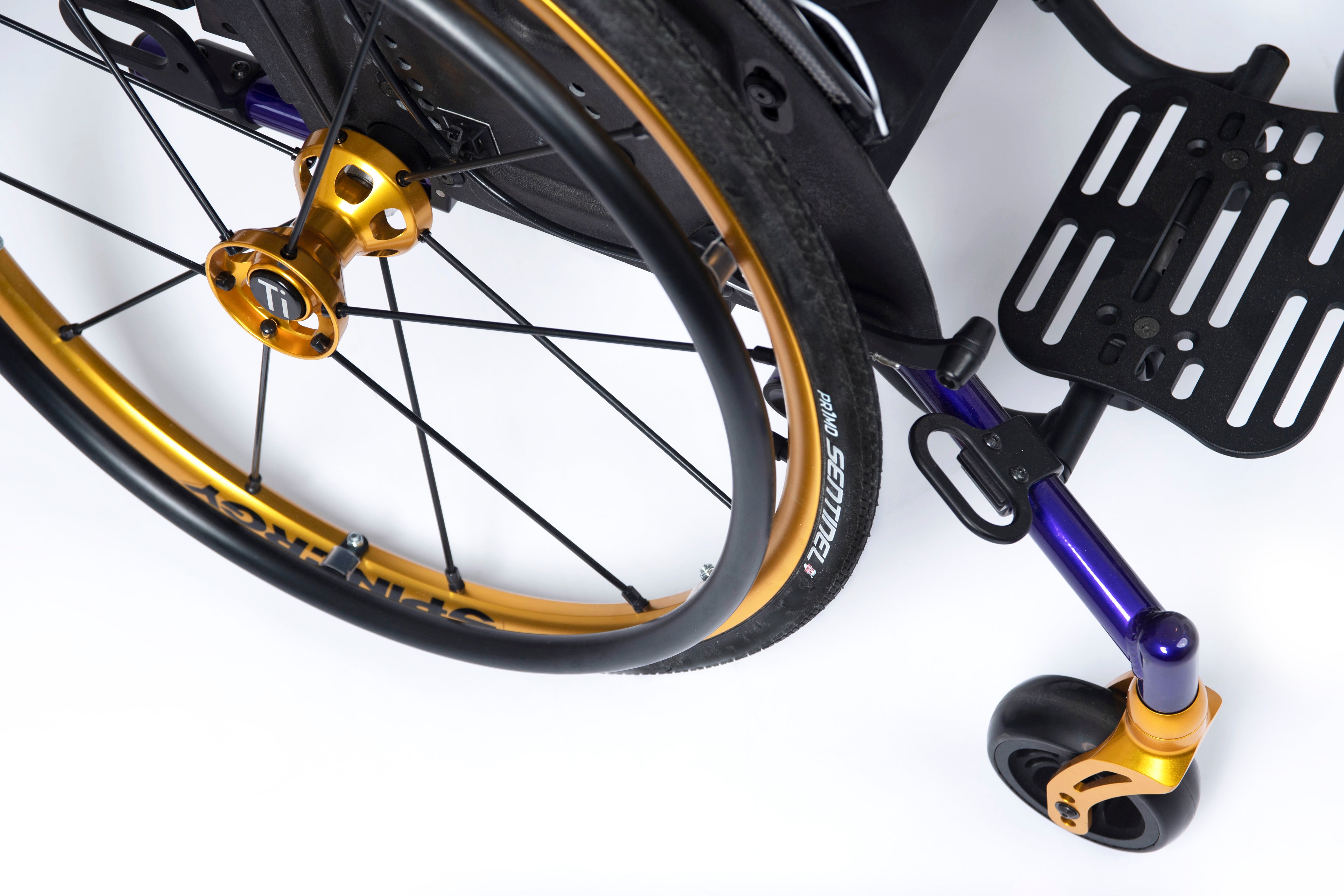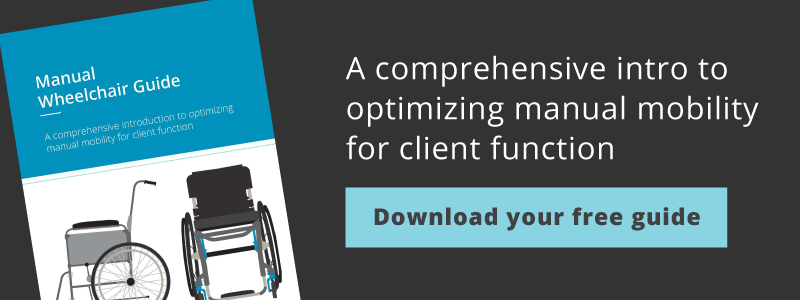When selecting and sizing a manual wheelchair, precise measurements are essential for ensuring comfort, function, and long-term mobility success. For clinicians and ATPs, getting these measurements right can prevent pain, pressure injuries, inefficient propulsion, and other complications. However, even experienced professionals can make common mistakes that impact the user’s experience.
Here’s a simplified guide to the 10 key measurements needed for a proper fit—and the pitfalls to avoid.
1. Seat Width
What it is: The distance across the widest part of the user's hips or thighs.
Common mistake: Adding too much extra space. A seat that’s too wide makes propulsion harder and affects posture. Aim for a snug but comfortable fit.

2. Seat Depth
What it is: The distance from the back of the buttocks to the back of the knee, minus about 1-2 inches to prevent pressure on the back of the legs.
Common mistake: Measuring too short, which reduces thigh support, or too long, which can cause slouching and pressure at the back of the knee.
3. Seat-to-Floor Height (STFH)
What it is: The distance from the seat to the floor, which determines foot clearance and ability to propel with the feet (if needed).
Common mistake: Choosing a height that’s too low, causing difficulty with transfers, or too high, making propulsion inefficient and increasing fall risk.

4. Back Height
What it is: The distance from the seat to the top of the backrest, providing postural support while allowing functional movement.
Common mistake: Going too high, which restricts movement, or too low, which doesn’t provide enough support for posture and stability.

5. Armrest Height
What it is: The distance from the seat to where the user’s forearm naturally rests at a 90-degree angle.
Common mistake: Setting armrests too high, leading to shoulder tension, or too low, causing poor posture and discomfort.
6. Footrest Length (Leg Rest Length)
What it is: The distance from the back of the knee to the bottom of the foot to ensure proper leg support.
Common mistake: Setting footrests too high, which raises the knees uncomfortably or causes increased risk of pressure injury on the sacral area, or too low, which can cause dragging and poor positioning.
7. Rear Wheel Axle Position
What it is: The placement of the rear wheel in relation to the user’s center of gravity, affecting propulsion and stability.

Common mistake: Placing the axle too far back, making propulsion harder, or too far forward, reducing stability.

Ideal rear wheel axle positioning
8. Camber Angle
What it is: The tilt of the rear wheels, which impacts maneuverability and stability.
Common mistake: Not considering camber for active users who need more control or choosing too much camber, which affects accessibility in tight spaces.

9. Front Caster Size and Placement
What it is: The size and positioning of the front wheels, impacting maneuverability and ride smoothness.
Common mistake: Choosing casters that are too small, leading to difficulty over uneven terrain, or too large, reducing maneuverability.

10. Tilt and Recline Angle (if applicable)
What it is: The angle of the seat and backrest for positioning, comfort, and pressure relief.
Common mistake: Overlooking the need for tilt/recline in users with limited trunk control or pressure relief needs.
Final Thoughts: Making the Best Fit for the User
A properly fitted wheelchair should feel like an extension of the user’s body—comfortable, efficient, and supportive. Avoiding these common mistakes ensures that the wheelchair promotes independence rather than causing unnecessary strain.
For clinicians and ATPs, double-checking measurements and listening to user feedback can make a significant difference in long-term mobility success. Collaborate with the user throughout the process to ensure the best fit.
Would you like help refining these measurements for your next wheelchair fitting? Reach out—we’re happy to support you in getting it just right!

Commercial Product Manager - Permobil Americas
Nicole B. LaBerge, PT, ATP is a Physical Therapist with 18 years of experience in a variety of clinical settings. She currently works for Permobil as a Commercial Product Manager of Seating and Positioning products. Her past clinical practice has included seating and mobility for adult and pediatric populations, with a focus in neurological rehabilitation, power standing and wound care. Nicole has presented at the State and International Levels, has multiple publications in peer reviewed journals and enjoys sharing her passion for patient advocacy, efficiency, and clinical outcomes. She served as an Executive Board Member for the Clinician Task Force for 3 years and is currently an active member in the CTF.

